Why does the sun not rise in the Winter?
There are basically two different kinds of people in the world when it comes to sunlight. Some are classified as “morning people,” which means that they absolutely love to wake up early in the morning to the warm glow of sunlight. On the flip side of the coin, their counterparts are known as “night owls,” which means that they actually prefer the evening when the sun is on its way down.

The good news is that both of these types of individuals can find what they are looking for by booking a Norway tour. Because of its positioning so close to the Arctic Circle, Norway has the rare opportunity to experience the seasonal events known as Midnight Sun and Polar Night.
While the Midnight Sun is the time of year where many parts of northern Norway experience constant sunlight for long periods of time, the Polar Night is the exact opposite where it fails to rise for several weeks at a time. But why exactly does the Polar Night occur? Although it seems like something that is very mystical, it actually has a very reasonable explanation.
When Does the Polar Night Occur?
As anyone who has ever taken a fjord tour through Norway during their summer vacation can tell you, the Midnight Sun is something that occurs strictly during the summer months. Therefore, since the Polar Night is the exact opposite of the Midnight Sun, it only makes sense that it occurs at the exact opposite time of year.
Depending on where someone goes in Norway, they can usually expect to experience the Polar Night from the months of November to January. In places such as Tromsø, sunlight does not occur for this entire period of time. However, in towns that are further south like Ålesund, the Polar Night only lasts for a small fraction of that time.

So, if someone decides to take a scenic railway journey through Norway during the middle of the winter, then they should expect to experience very little sunlight as they will be in the midst of the Polar Night. This makes it the perfect time to go out and participate in Northern Lights tours since the lack of sunlight makes the lights more noticeable and exquisite than any other part of the year.
What Causes the Sun to Not Rise In the Winter?
Both the occurrence of the Midnight Sun and the Polar Night are a direct result of the position of the Earth and its relationship with the Sun. As most people already know, the Earth is not positioned perfectly perpendicular. If it was, then every location on the entire planet would receive exactly 12 hours of sunlight and 12 hours of darkness every single day. However, as we already know, this is not the case.
The reason for this is that the Earth has a slight tilt to it. In fact, it is estimated that the Earth's tilt is approximately 23.5 degrees on its axis. This fairly significant tilt of the earth means that one end of it is always pointing towards the sun while the opposite end is pointing away from it.
However, since the Earth is also constantly rotating on its axis and making a complete revolution every 24 hours, it means that the majority of the planet is still receiving a fairly equal amount of sunlight for the majority of the year. But as you get further away from the equator, this ratio of sunlight to darkness begins to become more and more unequal.
Life in the arctic
Get to know the arctic region and be inspired to plan your next arctic adventure!

Norway’s Arctic Climate
Norway’s Arctic is one of the most astounding places on the planet. From the vast untouched snowy landscape, to the breathtaking Aurora Borealis, to the unique wildlife, the Arctic is truly something incredible. Unfortunately, climate change is having a devastating impact on Arctic regions worldwide. If change doesn’t occur rapidly to repair the damage that has already been done, the results will be devastating for Arctic regions as well as the rest of the world.
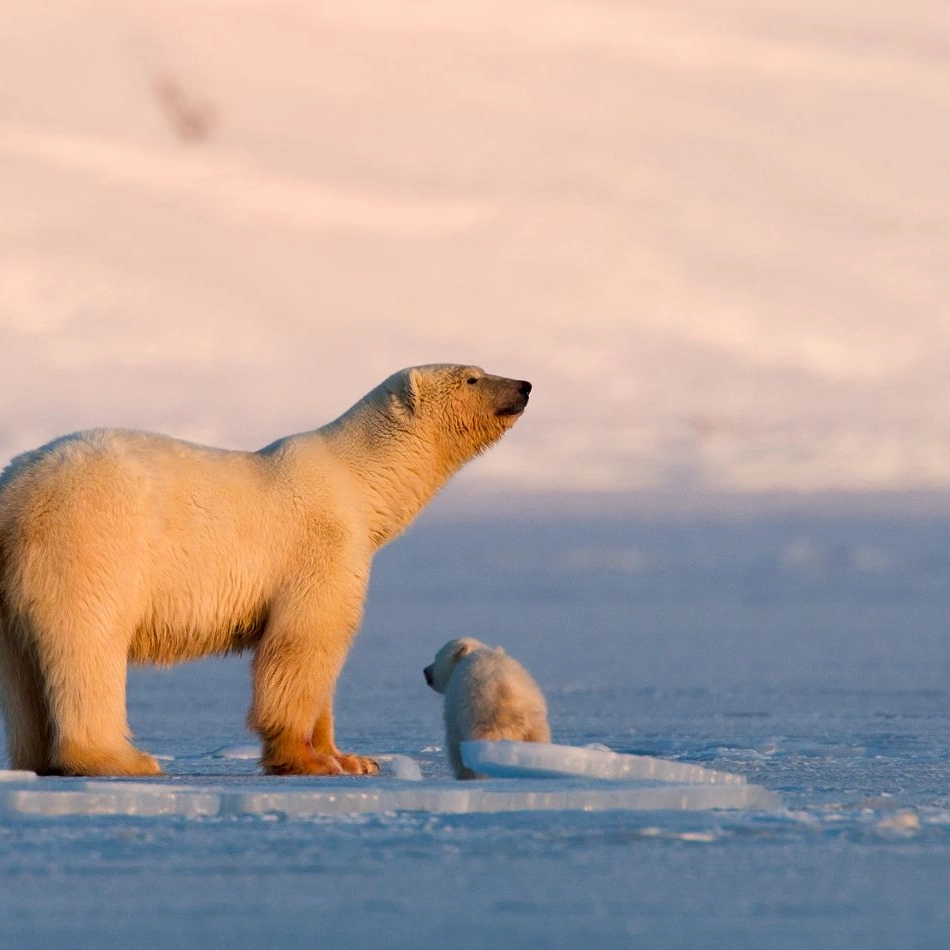
Animals in the arctic
It should come as no surprise that the Arctic region is one of the toughest places on earth for wildlife to live. Humans have been able to adapt fairly well to living in this part of the world due to the ability to wear clothing and reside in heated structures throughout the majority of the winter. However, for the animals that are forced to stay outside and venture through the Norwegian fjords and other areas of the Arctic, the climate is much more inhospitable.

How to have the ultimate arctic adventure
When you book a trip to somewhere adventurous like the Arctic, you want to make sure that every second of the journey is packed with as much excitement as possible. But in order to do this, you need to know a variety of things about your destination such as where to sleep, what to do, and what to eat while you are there.
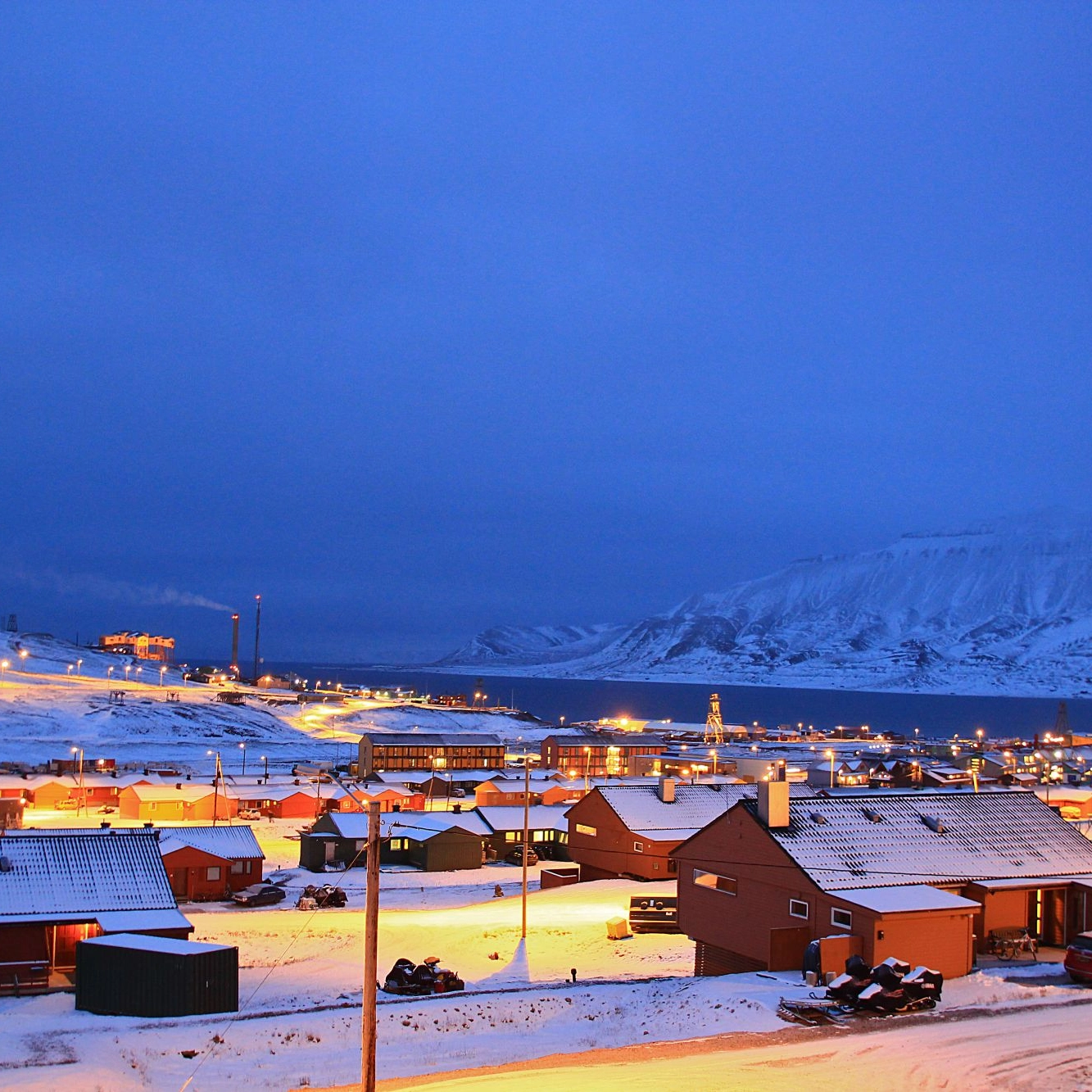
The Arctic Circle
Sitting at Earth’s most northerly latitudes, you can think of the Arctic as the planet’s hat. The main focus of this area is, of course, the North Pole, however there is so much more to it than that. Surrounding the North Pole is the Arctic Circle which stretches out into different countries, forming a line around the top of the Earth. Let’s take a closer look at this fascinating part of the world.
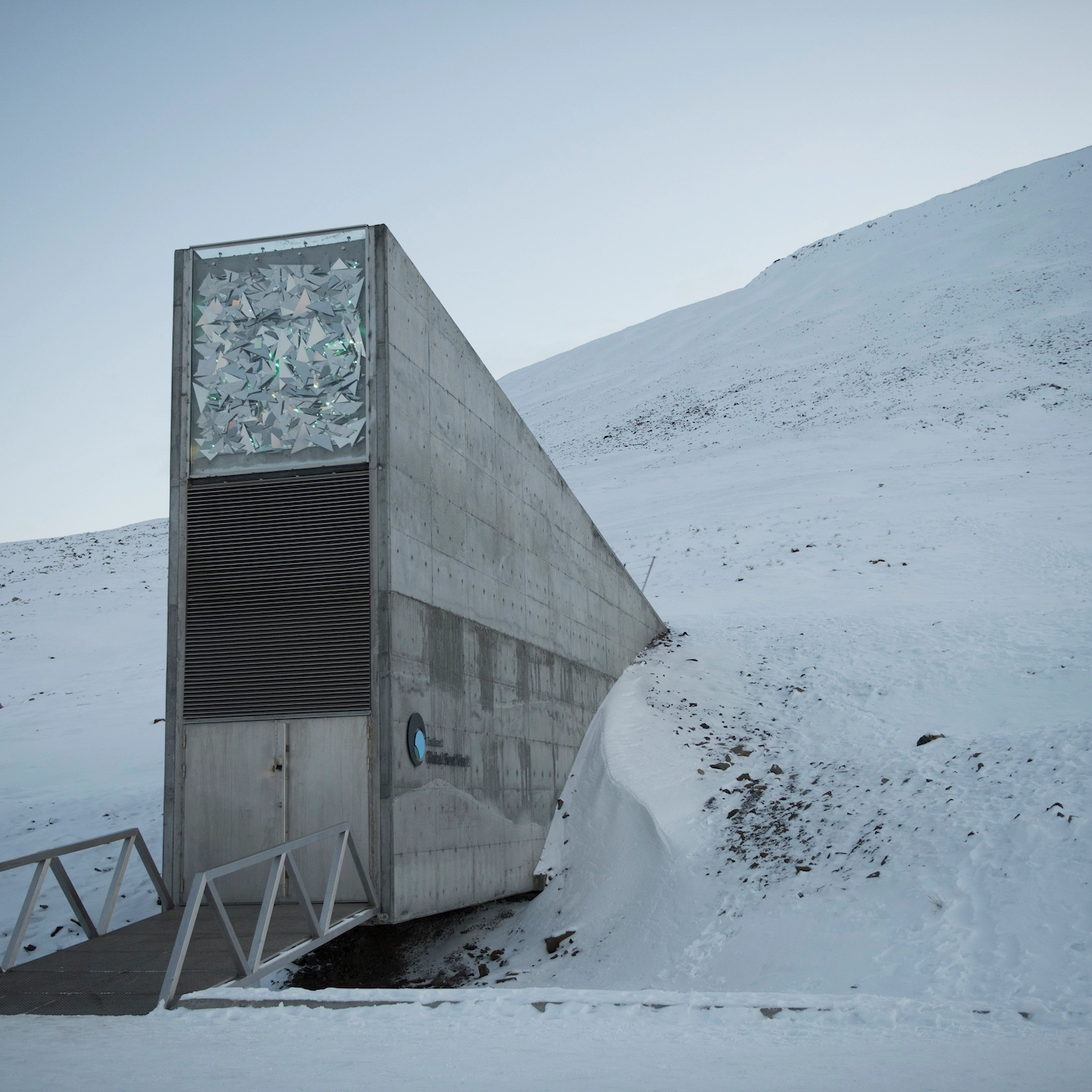
The Svalbard Global Seed Vault
Is Svalbard worth visiting? In a word, yes! Svalbard has fascinated travelers for a long time. The Norwegian archipelago lies just below the North Pole and is one of the world’s northernmost inhabited areas with almost 3,000 human residents. In Svalbard you will also find a fascinating building; The Svalbard Global Seed Vault.
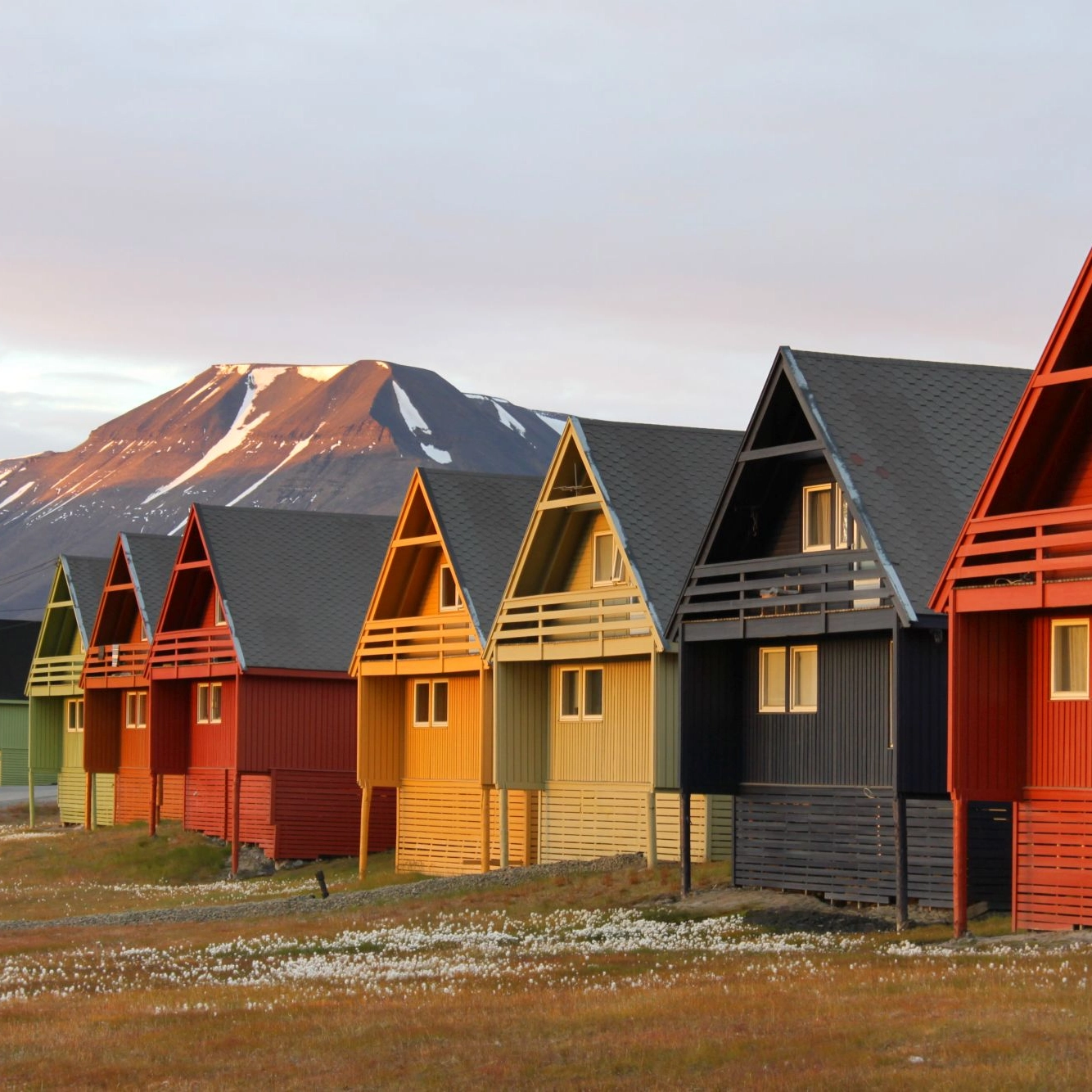
Life in the Arctic
The majority of people who have not gone on a Norwegian cruise have likely never seen the Arctic in person. Therefore, when they picture locals living there, what might come to mind is the image of people wrapped in massive puffy winter jackets all year round and walking through roads that are covered in several feet of snow and ice.
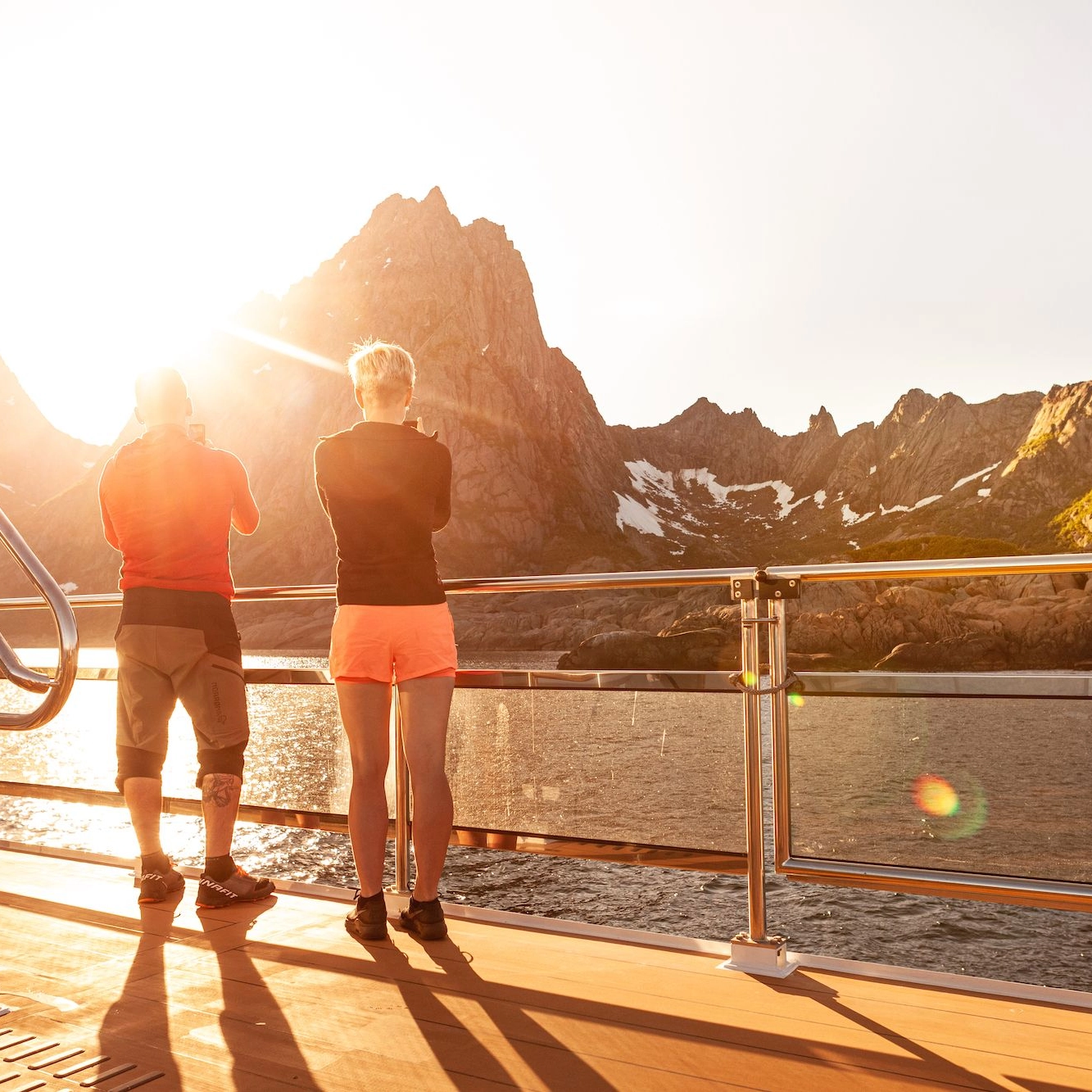
Land of the Midnight Sun
Norway is famous for its natural beauty, and it’s also known around the world as the “land of the midnight sun”. The northernmost regions of the country experience a remarkable natural phenomenon in which the sun stays up for several months during the summer. In this article, we’ll tell you all about this interesting phenomenon and tell you how you can experience the midnight sun for yourself!

Why does the sun not rise in the Winter?
There are basically two different kinds of people in the world when it comes to sunlight. Some are classified as “morning people,” which means that they absolutely love to wake up early in the morning to the warm glow of sunlight. On the flip side of the coin, their counterparts are known as “night owls,” which means that they actually prefer the evening when the sun is on its way down.

Norway’s Arctic Climate
Norway’s Arctic is one of the most astounding places on the planet. From the vast untouched snowy landscape, to the breathtaking Aurora Borealis, to the unique wildlife, the Arctic is truly something incredible. Unfortunately, climate change is having a devastating impact on Arctic regions worldwide. If change doesn’t occur rapidly to repair the damage that has already been done, the results will be devastating for Arctic regions as well as the rest of the world.

Animals in the arctic
It should come as no surprise that the Arctic region is one of the toughest places on earth for wildlife to live. Humans have been able to adapt fairly well to living in this part of the world due to the ability to wear clothing and reside in heated structures throughout the majority of the winter. However, for the animals that are forced to stay outside and venture through the Norwegian fjords and other areas of the Arctic, the climate is much more inhospitable.

How to have the ultimate arctic adventure
When you book a trip to somewhere adventurous like the Arctic, you want to make sure that every second of the journey is packed with as much excitement as possible. But in order to do this, you need to know a variety of things about your destination such as where to sleep, what to do, and what to eat while you are there.

The Arctic Circle
Sitting at Earth’s most northerly latitudes, you can think of the Arctic as the planet’s hat. The main focus of this area is, of course, the North Pole, however there is so much more to it than that. Surrounding the North Pole is the Arctic Circle which stretches out into different countries, forming a line around the top of the Earth. Let’s take a closer look at this fascinating part of the world.

The Svalbard Global Seed Vault
Is Svalbard worth visiting? In a word, yes! Svalbard has fascinated travelers for a long time. The Norwegian archipelago lies just below the North Pole and is one of the world’s northernmost inhabited areas with almost 3,000 human residents. In Svalbard you will also find a fascinating building; The Svalbard Global Seed Vault.

Life in the Arctic
The majority of people who have not gone on a Norwegian cruise have likely never seen the Arctic in person. Therefore, when they picture locals living there, what might come to mind is the image of people wrapped in massive puffy winter jackets all year round and walking through roads that are covered in several feet of snow and ice.

Land of the Midnight Sun
Norway is famous for its natural beauty, and it’s also known around the world as the “land of the midnight sun”. The northernmost regions of the country experience a remarkable natural phenomenon in which the sun stays up for several months during the summer. In this article, we’ll tell you all about this interesting phenomenon and tell you how you can experience the midnight sun for yourself!

Why does the sun not rise in the Winter?
There are basically two different kinds of people in the world when it comes to sunlight. Some are classified as “morning people,” which means that they absolutely love to wake up early in the morning to the warm glow of sunlight. On the flip side of the coin, their counterparts are known as “night owls,” which means that they actually prefer the evening when the sun is on its way down.
Top Winter Activities 2025-2026
Find the ultimate winter adventures in Norway. Join exciting experiences like dog sledding, whale watching, and snowmobile tours.
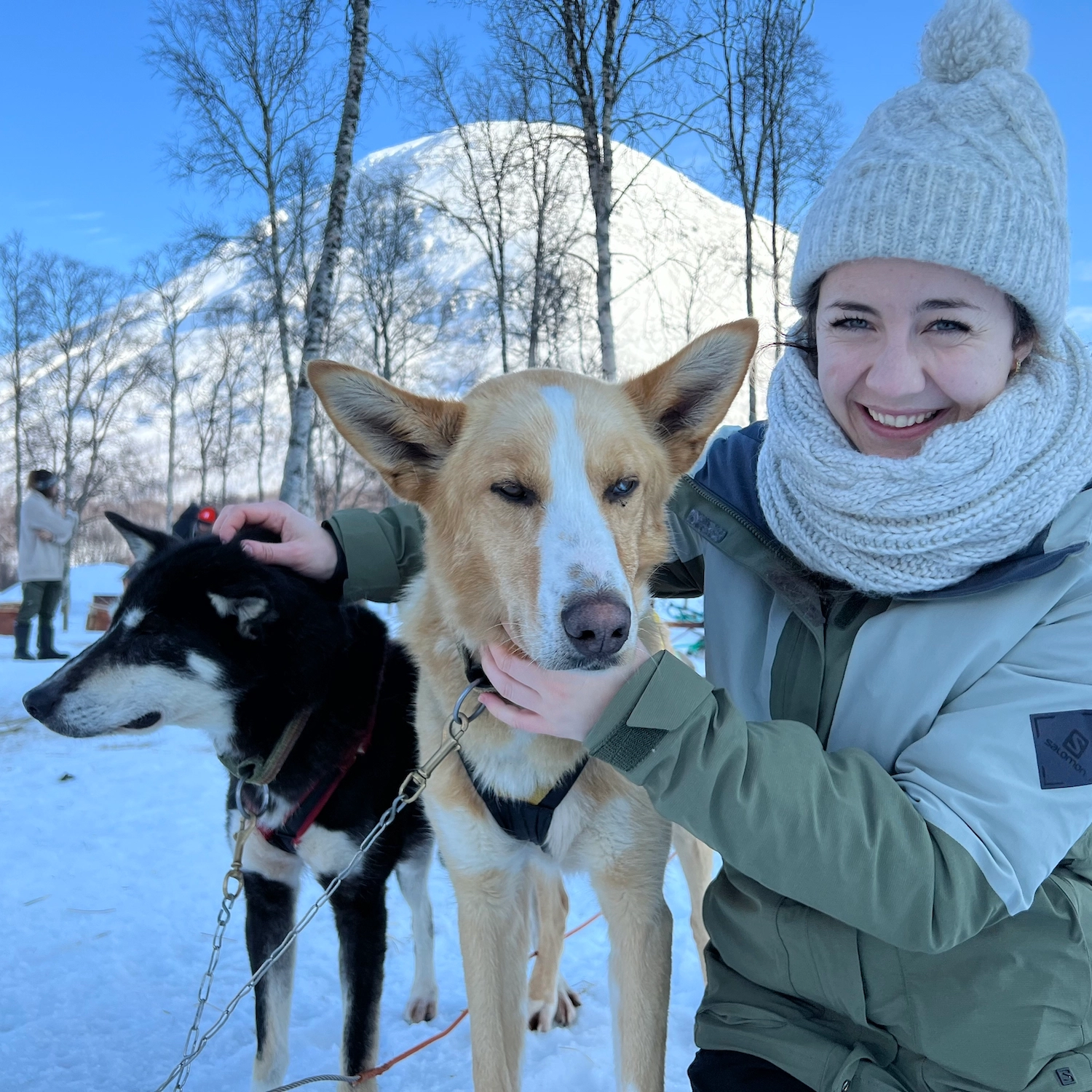
Dog sledding in Tromsø
Multiple locations • 7 hr
From 2990NOK
Available 1 December - 31 March
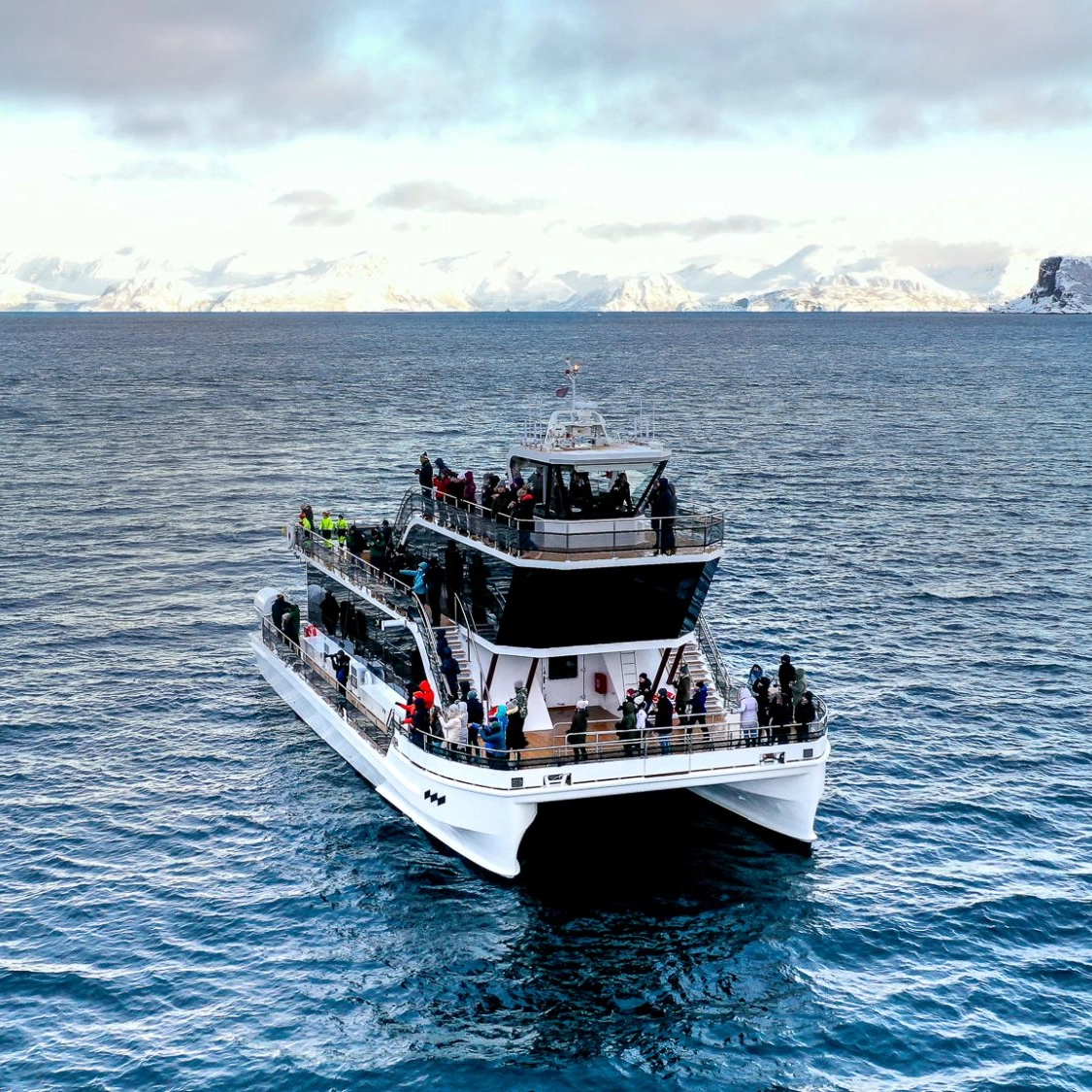
Silent whale watching cruise in Tromsø
Tromsø • 9 hr
From 1790NOK
Available 25 October - 31 January
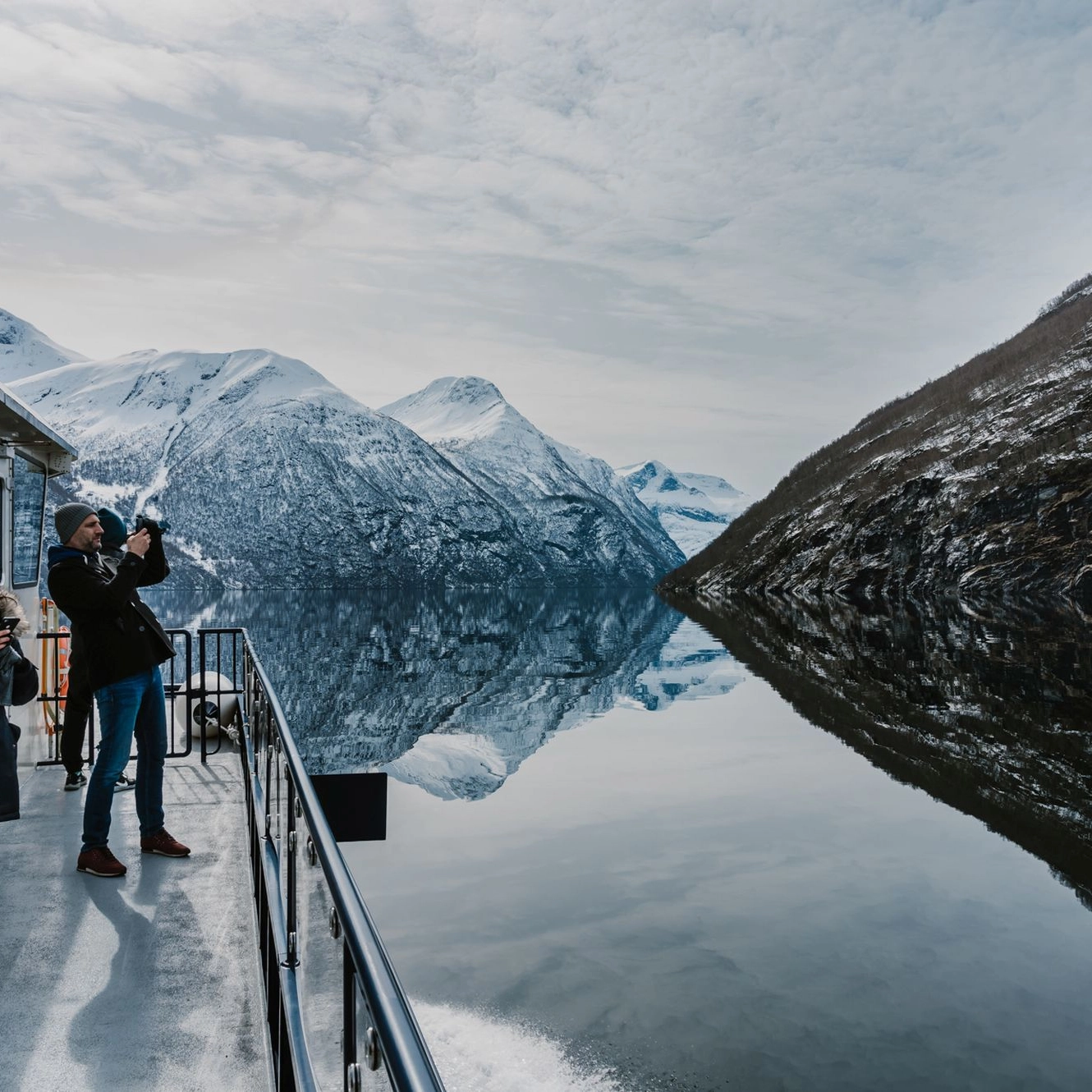
Geirangerfjord winter cruise
Ålesund • 9 hr
From 2550NOK
Available 1 November - 30 March
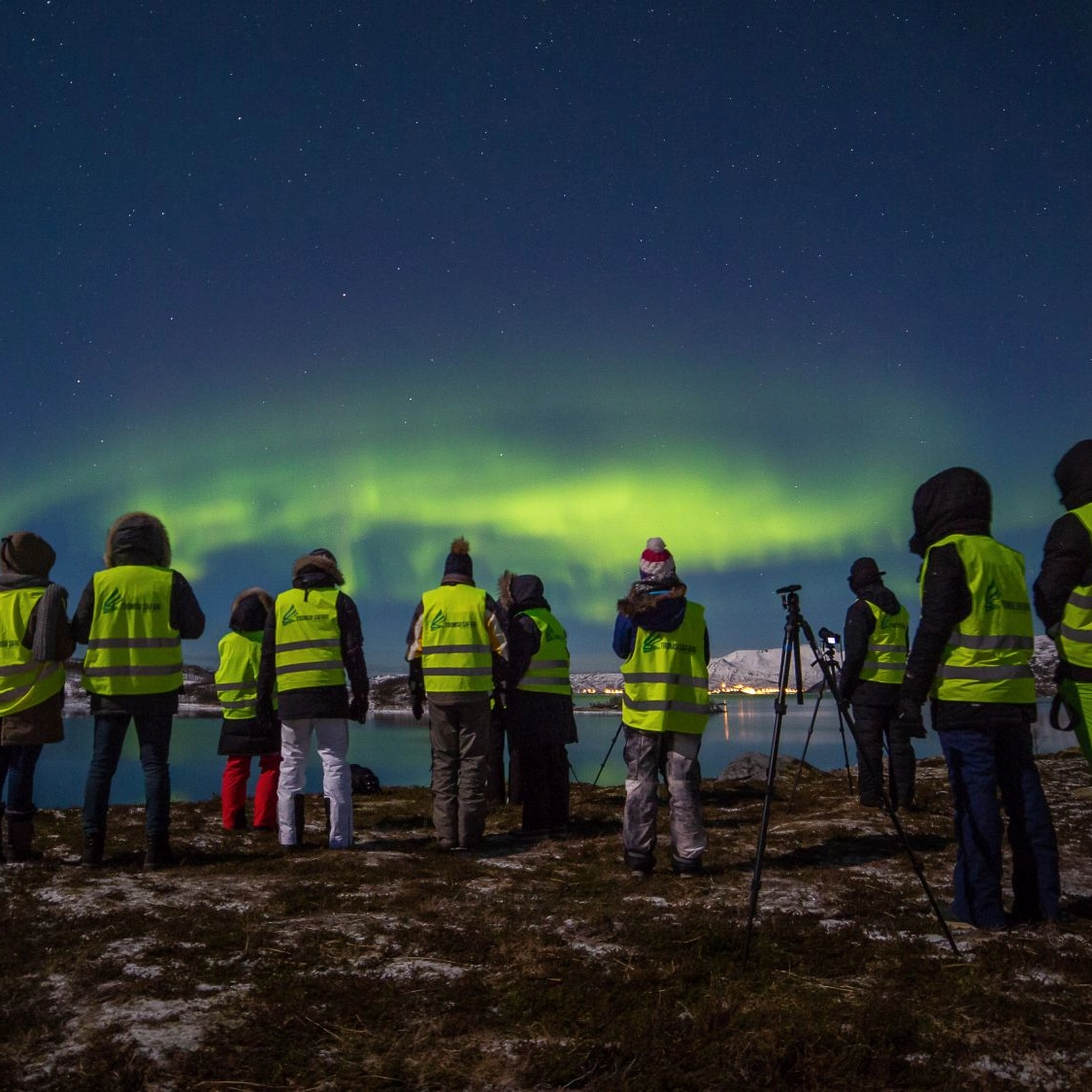
Aurora safari minibus in Tromsø
Tromsø • 7 hr
From 1790NOK
Available 1 September - 4 January
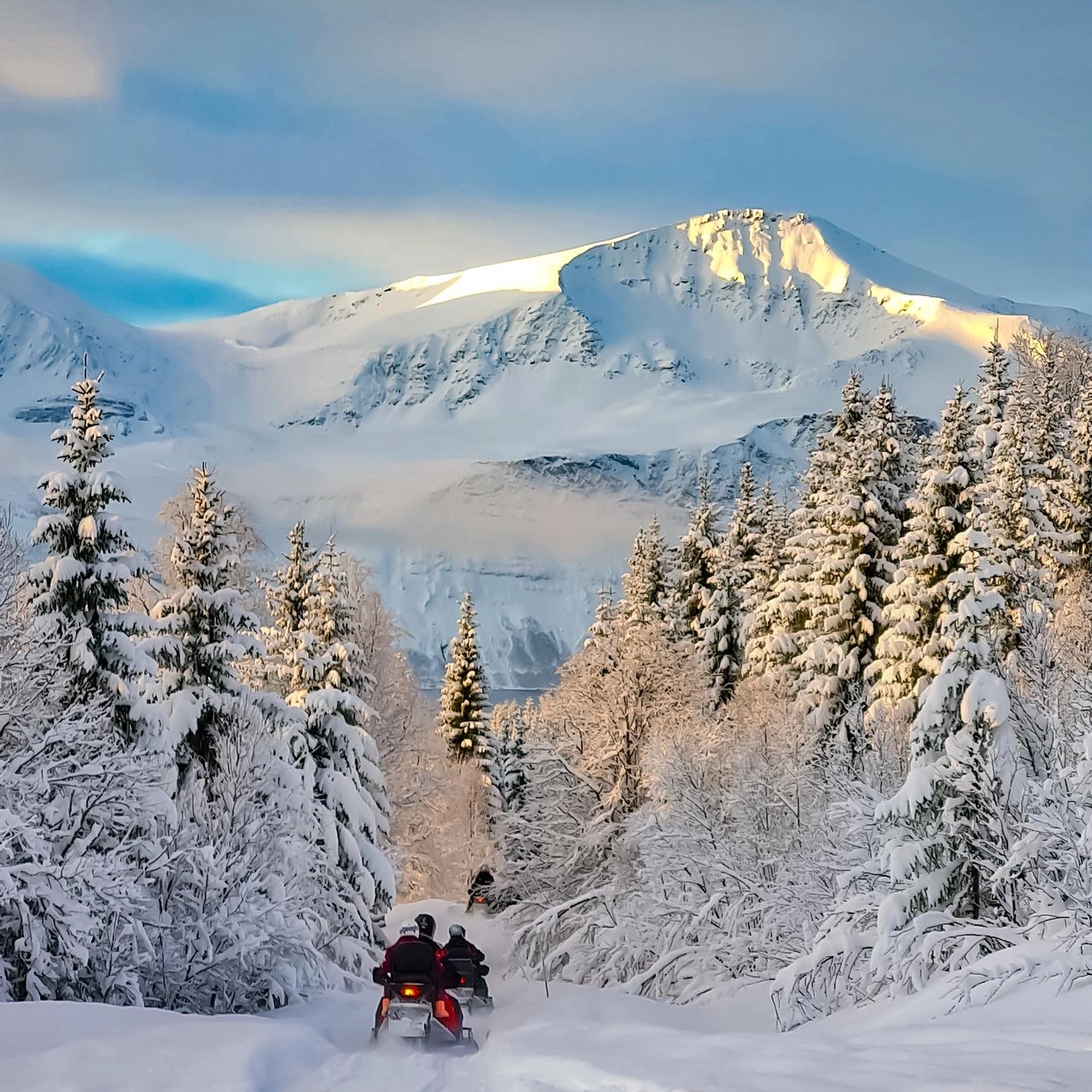
Snowmobile safari in Tromsø
Tromsø • 7 hr
From 2490NOK
Available 10 December - 31 March

Overnight Northern Lights and Whale Safari Expedition
Tromsø • 1 day
From 10695NOK
Available 1 November - 31 January
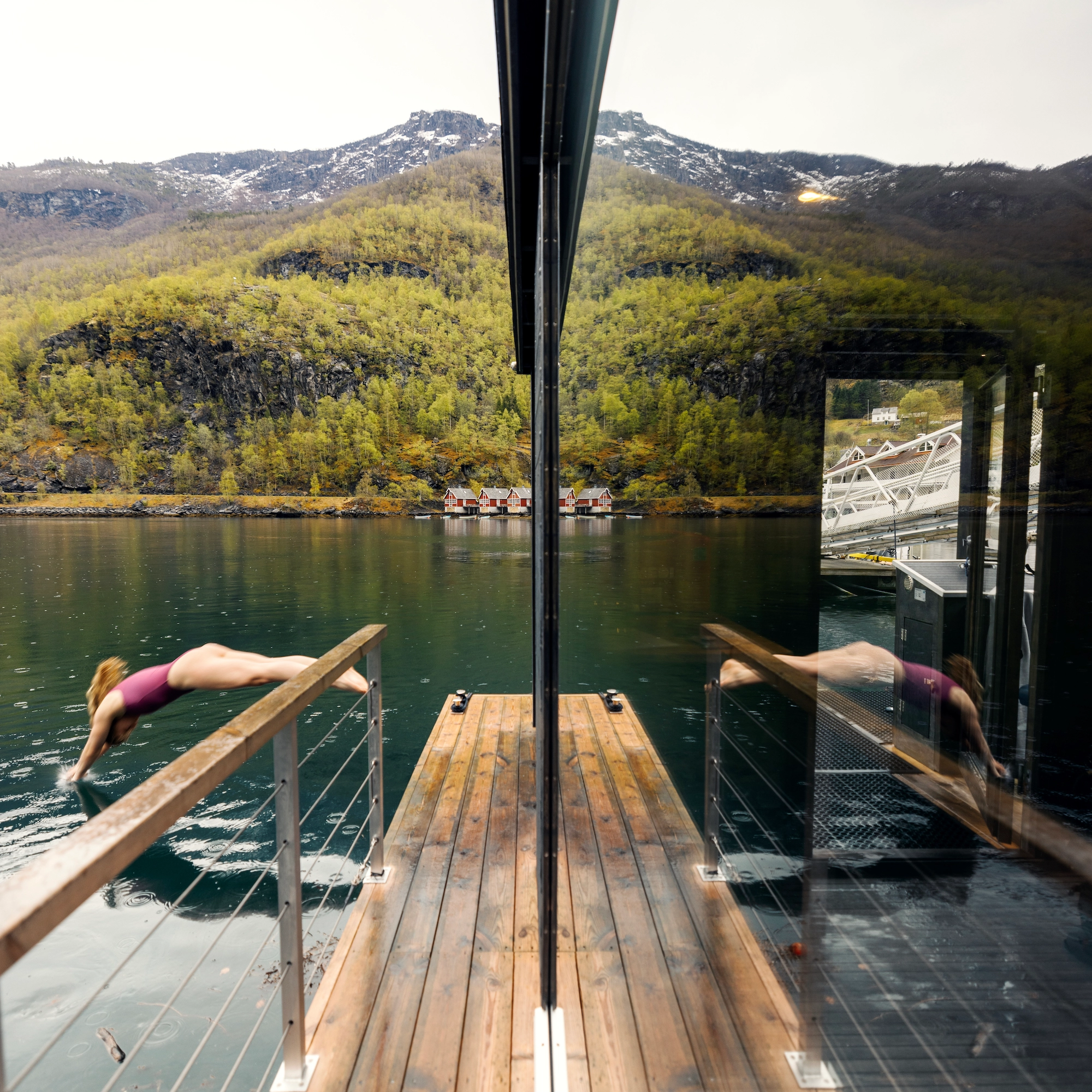
Fjord Sauna in Flåm
Flåm • 1 hr 30 min
From 425NOK
Available all year
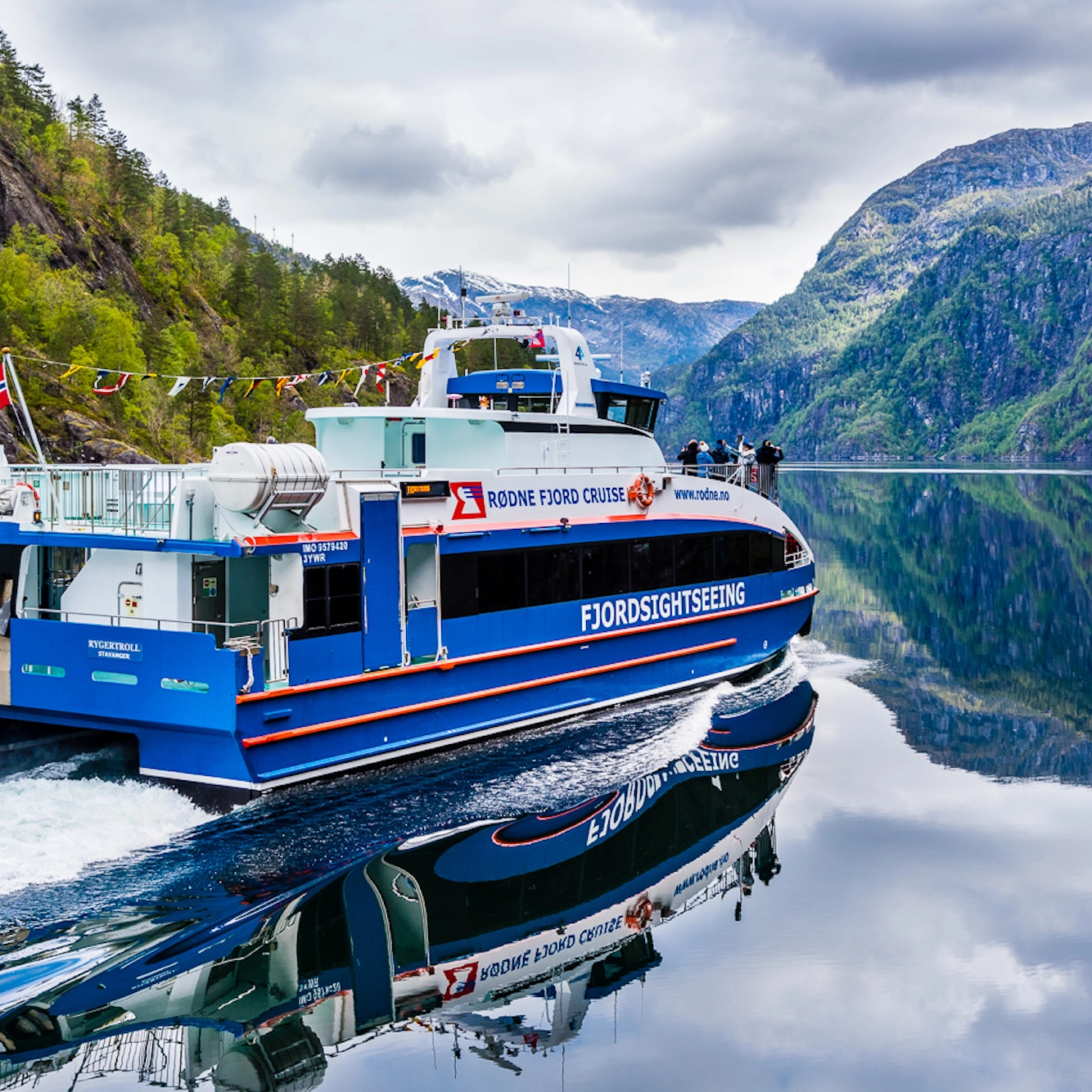
Bestseller
Fjord cruise Bergen to Mostraumen
Bergen Zachariasbryggen
From 850NOK
Available all year

Dog sledding in Tromsø
Multiple locations • 7 hr
From 2990NOK
Available 1 December - 31 March

Silent whale watching cruise in Tromsø
Tromsø • 9 hr
From 1790NOK
Available 25 October - 31 January

Geirangerfjord winter cruise
Ålesund • 9 hr
From 2550NOK
Available 1 November - 30 March

Aurora safari minibus in Tromsø
Tromsø • 7 hr
From 1790NOK
Available 1 September - 4 January

Snowmobile safari in Tromsø
Tromsø • 7 hr
From 2490NOK
Available 10 December - 31 March

Overnight Northern Lights and Whale Safari Expedition
Tromsø • 1 day
From 10695NOK
Available 1 November - 31 January

Fjord Sauna in Flåm
Flåm • 1 hr 30 min
From 425NOK
Available all year

Bestseller
Fjord cruise Bergen to Mostraumen
Bergen Zachariasbryggen
From 850NOK
Available all year